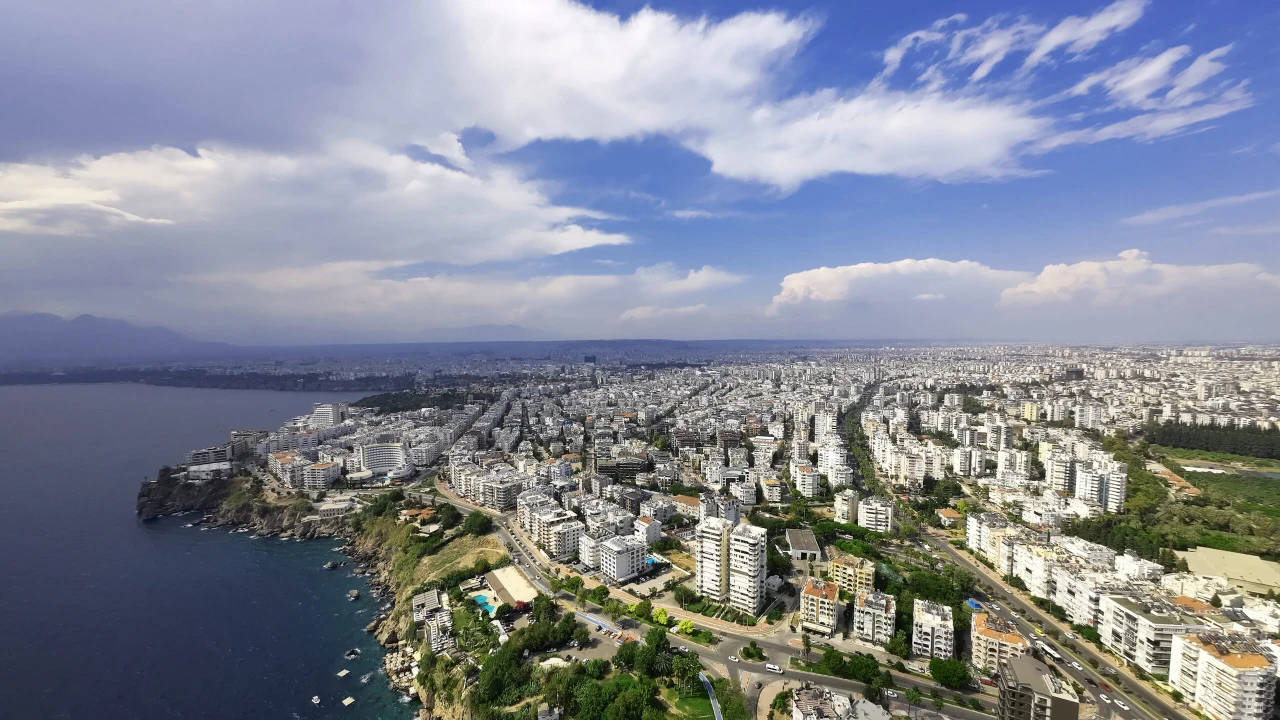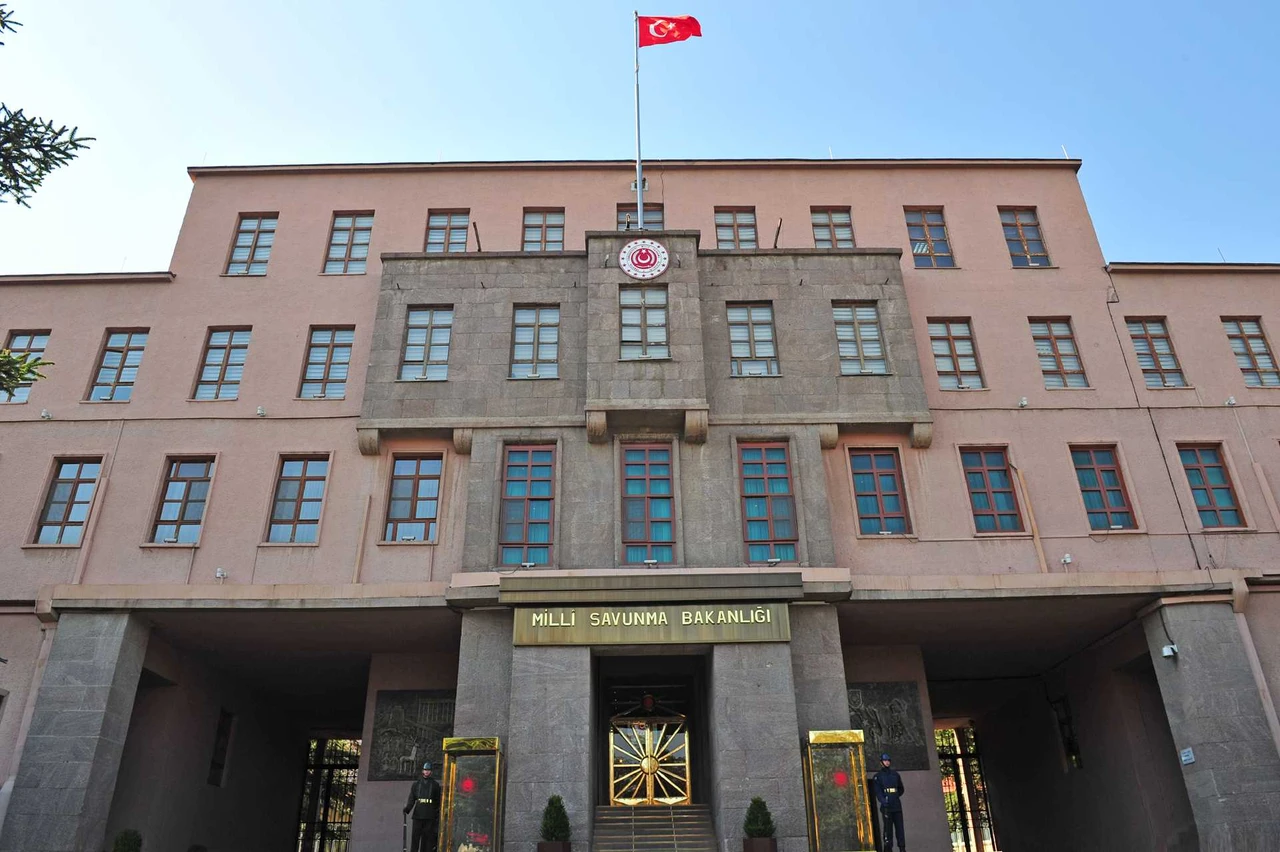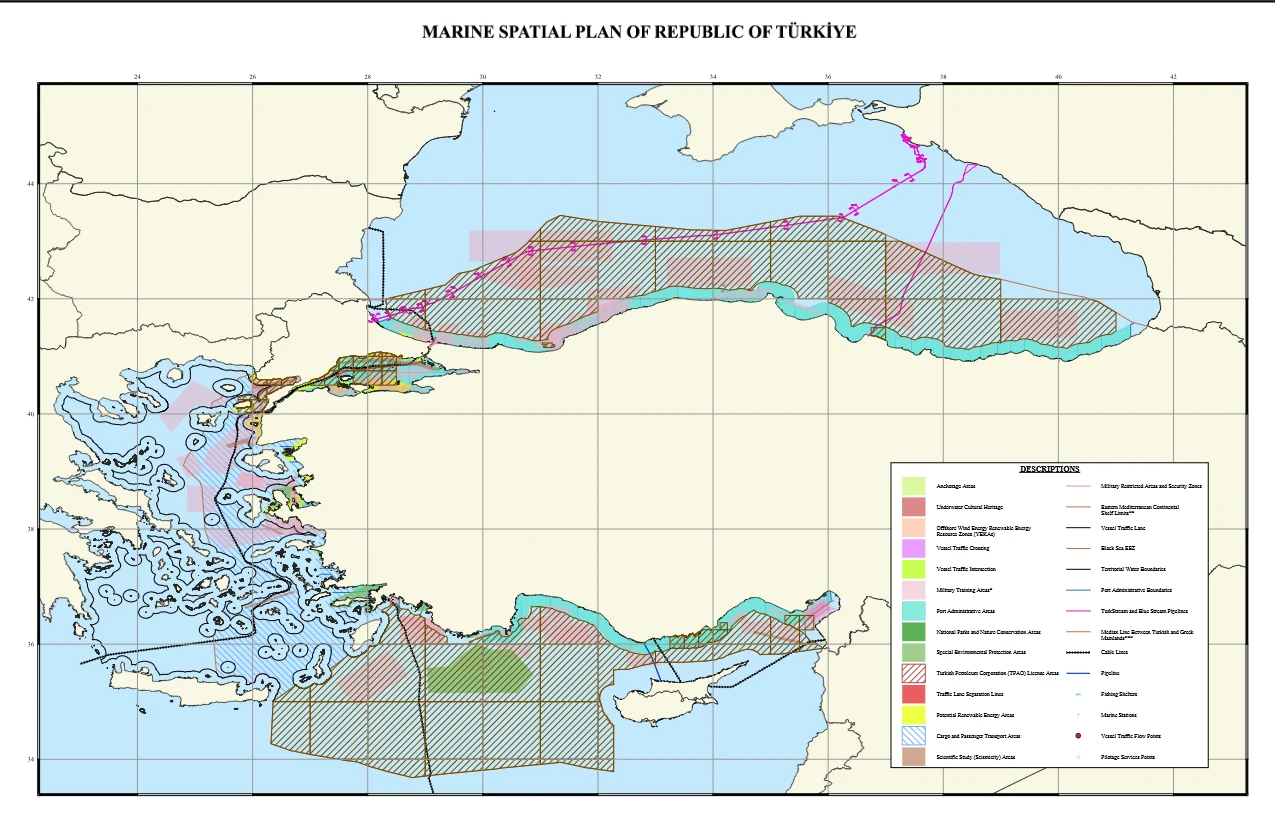Is Izmir sinking or are sea levels rising?
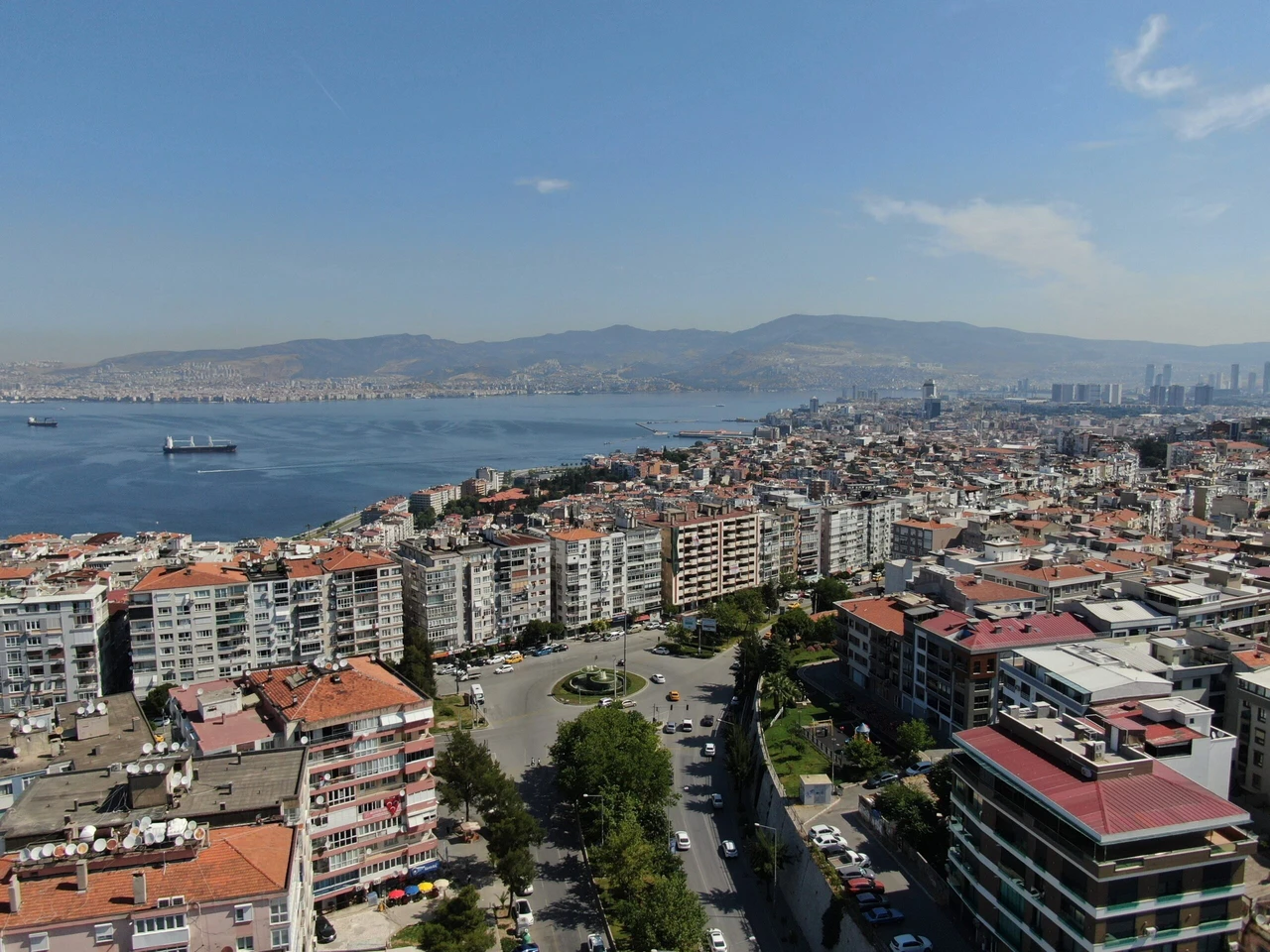 Aerial view of Izmir, Türkiye, July 5, 2024 (Photo by IHA Photo)
Aerial view of Izmir, Türkiye, July 5, 2024 (Photo by IHA Photo)
Izmir, throughout its history, has been intimately connected with the sea and continues to face various natural and infrastructural challenges today. The increasing rate of subsidence in recent years, particularly in areas along the coastline like Alsancak Kordon, poses a significant risk of flooding.
According to an article in Aksam newspaper citing warnings from professor Dogan Yasar, a member of the Environment, Biodiversity and Climate Change Working Group of the Turkish Academy of Sciences (TUBA), if the city’s infrastructure cannot sustain above sea level, it may face even greater problems in the coming years.
The annual subsidence of the ground in Izmir, ranging between 1 to 1.5 centimeters, presents a significant environmental and security threat. Professor Dogan Yasar highlighted this issue, emphasizing serious warnings for the future of the city.
What areas are most at risk?
Areas along Izmir’s coastline, especially Alsancak Kordon, are at risk of being submerged as sea levels rise in the coming years.
Yasar stated, “The ground is subsiding in İzmir, and the sea level is rising above the annual average. This situation makes filled areas and urban development vulnerable to future flooding.”
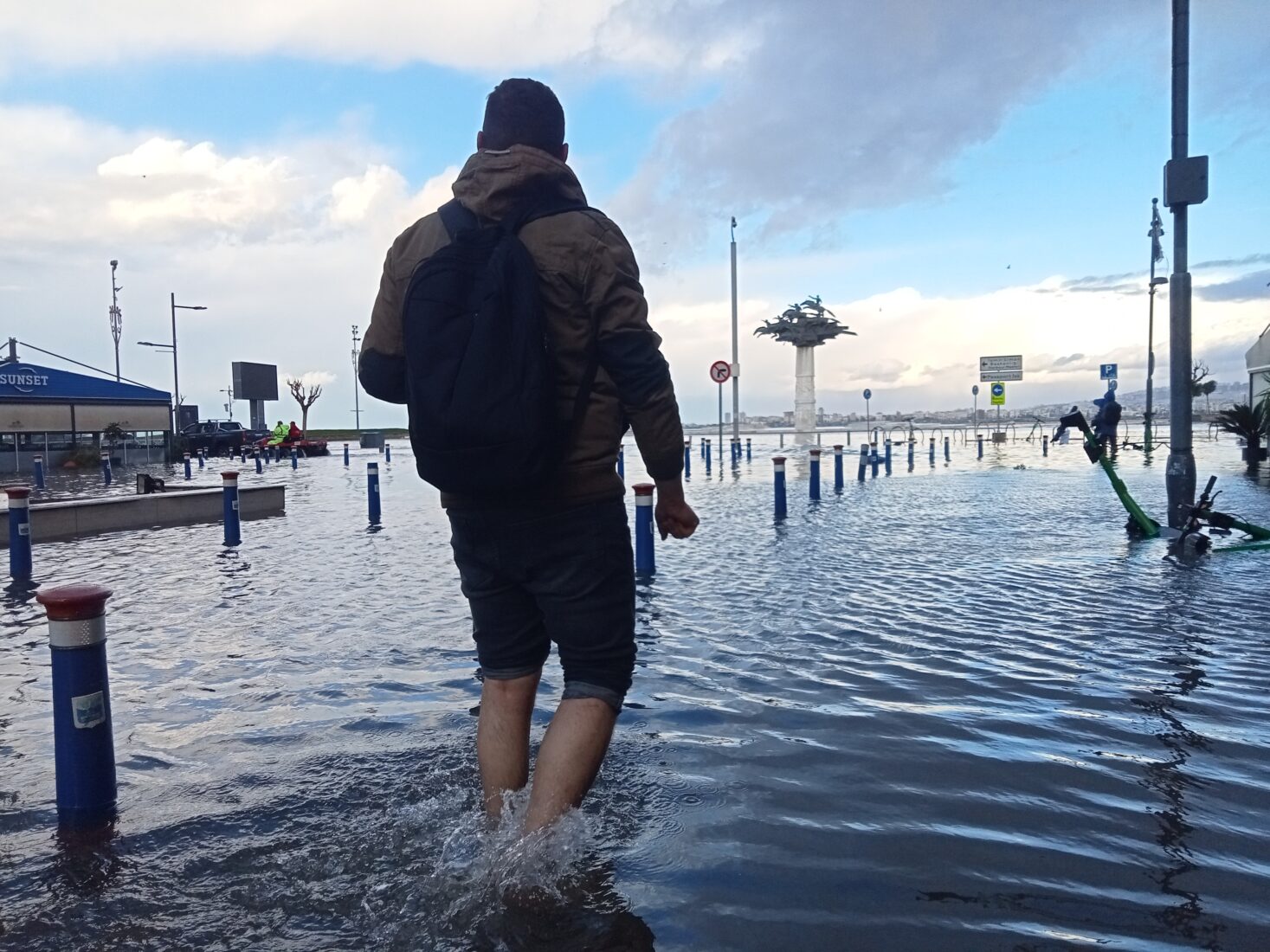
What happened during November 2023 floods?
In November 2023, heavy rainfall led to water penetrating approximately 300-400 meters inland in Alsancak. Following the coastal flooding early in the morning due to meteorological conditions, Izmir Metropolitan Municipality teams began working in the damaged areas.
What are experts saying about flooding?
However, Pprofessor Dogan Kisacik of Izmir Institute of Technology previously noted that such floods are not solely due to rainwater but are exacerbated by the rising sea levels and delayed reactions from Izmir Metropolitan Municipality.
Kisacik stated, “Since 2013, flooding has occurred multiple times without rainfall, but when terrestrial floods coincide with coastal floods, the problem escalates. There is an increase in flood frequency due to global warming and climate change effects. When determining the resistance of coastal protections, these factors should be considered in planning.”
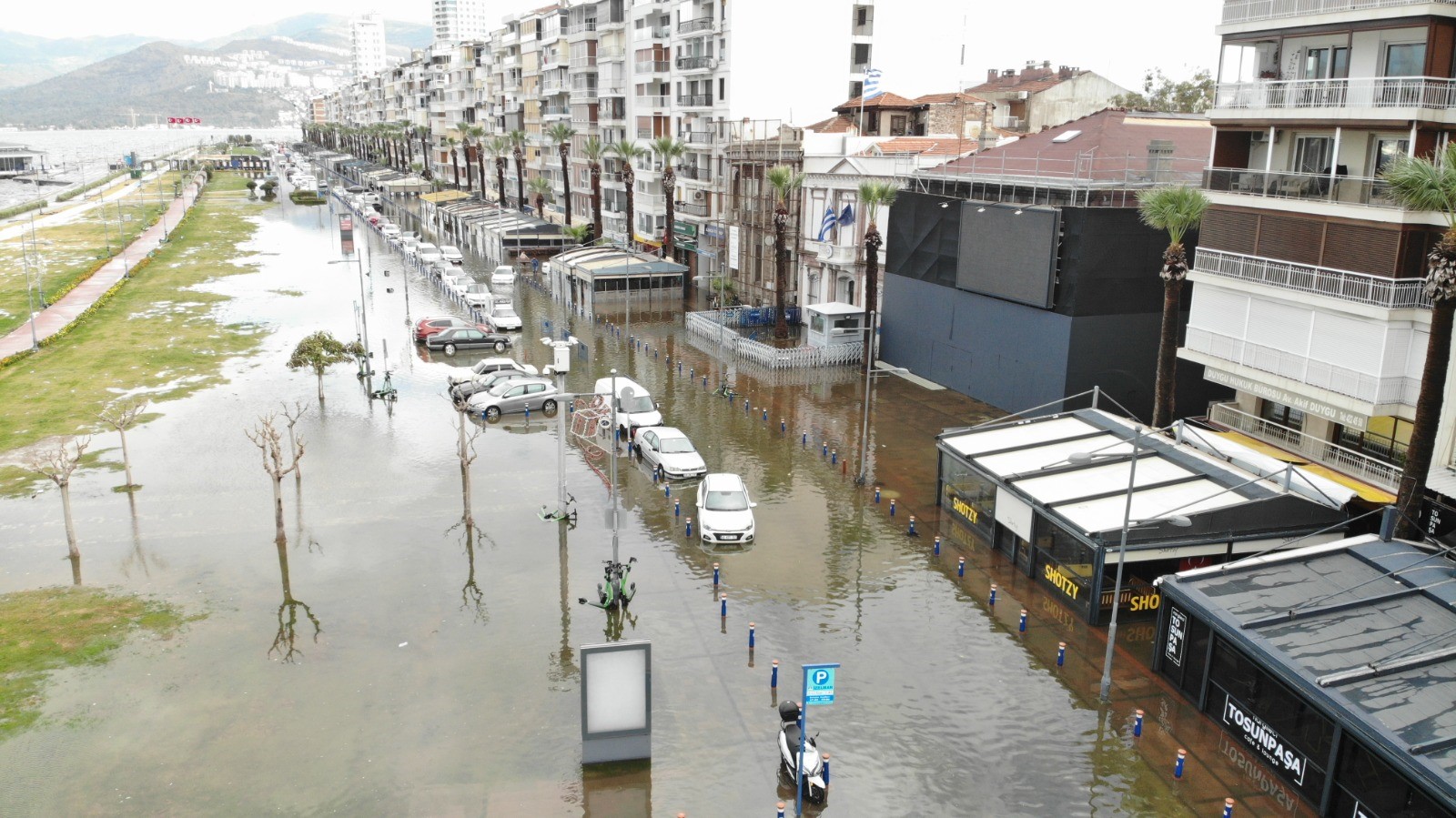
This incident once again highlights the city’s infrastructural challenges and the urgency of subsidence issues.
During the flood disasters in November 2023, Yasar said, “After the recent rain, especially İzmir Kordon was filled with water. This is due to the region’s filled ground. Additionally, the area where we are is sinking 1 centimeter annually. This is a tectonic movement. Besides, the sea rises 3 millimeters annually. This is not just for the Kordon coastline but also valid for Bostanli and Mustafa Kemal Sahil Boulevard.
We raise the front parts of the coastal strip preventatively. But the back part remains in the pit. Therefore, Kordon was completely underwater during the last rain. That’s why officials should implement elevation applications in the background buildings. The only thing we should do there is to take science into account. Because disaster always happens. But if you build houses on the streams without thinking, it won’t. We are still building houses or roads without planning without thinking of the plans of the valley beds. In short, we suffer more from unplanned urbanization and infrastructure insufficiency.”
What are long-term predictions for Izmir?
Professor Yasar emphasized the seriousness of Izmir’s subsidence problem in today’s published news, stating, “If precautions are not taken, seawater can reach Basmane within 50-60 years. We are facing sewer odors in Alsancak right now because the infrastructure has started to fall below sea level.”
How does Izmir compare to other sinking cities?
Professor Yasar, noting that cities like Jakarta and Mexico City experience much faster subsidence, added, “There is a subsidence of 10-15 centimeters per year there. These cities prefer to evacuate the area as a solution because it is impossible to fight against the speed of nature.”
What solutions are being considered for Izmir’s subsidence problem?
While İzmir continues its search for long-term solutions to subsidence issues, experts suggest that besides the elevation method, gradually abandoning urban areas is also an option.
However, both options are highlighted as costly and complex processes.
In this context, it is emphasized that Izmir Metropolitan Municipality should collaborate with earth scientists to conduct a detailed subsidence analysis and take preventive measures.
